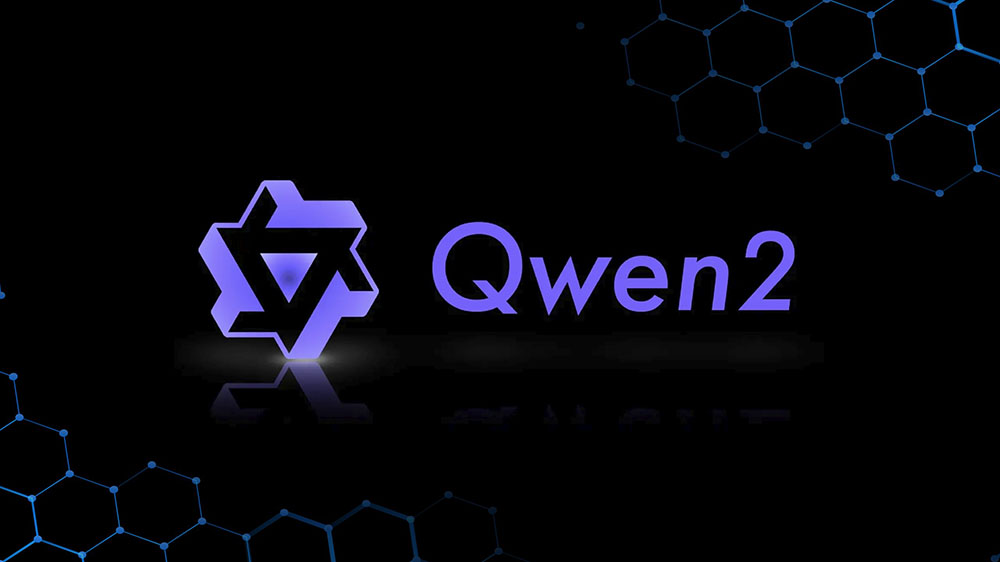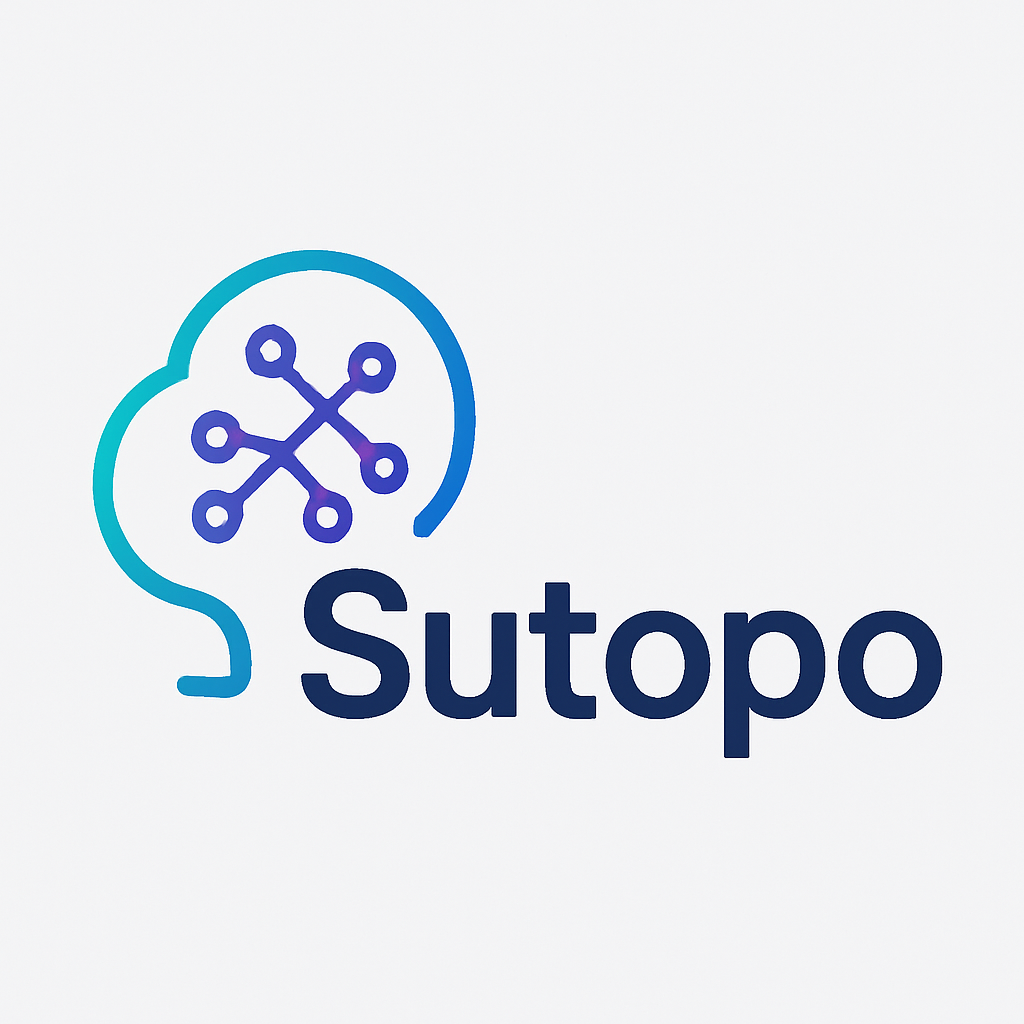
Diving Deep into Qwen: Exploring Alibaba’s Powerful Large Language Model
The landscape of large language models (LLMs) has witnessed a surge in innovation, with numerous powerful models emerging from both academic and industrial research labs.1 Among these, Qwen, developed by Alibaba Cloud, stands out as a significant contender. This article delves into the intricacies of Qwen, exploring its architecture, training methodology, capabilities, applications, and its place within the broader LLM ecosystem.
What is Qwen?
Qwen is a series of large language models developed by Alibaba Cloud’s AI research team.2 It’s designed to be a versatile and powerful tool for various natural language processing (NLP) tasks, including text generation, translation, question answering, code generation, and more.3 Like other prominent LLMs, Qwen is based on the transformer architecture and is trained on a massive dataset of text and code.4
Alibaba has released multiple versions of Qwen, with different sizes and capabilities.5 These include base models and chat-optimized versions, catering to a range of applications from general-purpose language understanding to interactive conversational AI.6 The open-sourcing of some Qwen models has further fueled community engagement and accelerated research in this area.7
Architecture and Training
Qwen is built upon the transformer architecture, which has become the standard for modern LLMs. Transformers excel at capturing long-range dependencies in text, enabling the model to understand context and generate coherent and relevant responses.8
While specific architectural details for all Qwen models haven’t been publicly disclosed in exhaustive detail, the general principles are likely similar to other state-of-the-art LLMs:
- Transformer Decoder: Qwen likely utilizes a decoder-only transformer architecture, similar to GPT models.9 This architecture is particularly well-suited for text generation tasks.
- Scaled Architecture: The models come in various sizes, indicating different numbers of layers, attention heads, and hidden units.10 Larger models generally have greater capacity to learn complex patterns and achieve higher performance.11
- Positional Encodings: To understand the order of words in a sequence, Qwen likely employs positional encodings, which provide information about the position of each word in the input.
The training process for Qwen involves several key steps:
- Massive Dataset: Qwen is trained on a vast dataset of text and code, including books, articles, web pages, code repositories, and other publicly available data.12 The scale and diversity of this dataset are crucial for the model’s ability to generalize to different tasks and domains.
- Pre-training: The model is initially pre-trained using a self-supervised learning objective, such as next-token prediction.13 This involves training the model to predict the next word in a sequence given the preceding words. This process allows the model to learn the underlying structure and patterns of language.
- Fine-tuning: After pre-training, the model can be fine-tuned on specific tasks using smaller, labeled datasets.14 This process adapts the model to perform well on tasks like question answering, translation, or sentiment analysis.
- Reinforcement Learning from Human Feedback (RLHF): For chat-optimized versions, RLHF is likely used to align the model’s responses with human preferences for helpfulness, harmlessness, and honesty. This involves training a reward model based on human feedback and then using reinforcement learning to optimize the language model’s behavior.15
Capabilities and Performance
Qwen has demonstrated impressive capabilities across a range of NLP tasks:
- Text Generation: Qwen can generate coherent, fluent, and contextually relevant text in various styles and formats.16 It can write stories, articles, poems, and other creative content.
- Translation: Qwen exhibits strong performance in machine translation, translating text between multiple languages with reasonable accuracy.17
- Question Answering: Qwen can answer questions based on given context or general knowledge, demonstrating its ability to understand and reason about information.18
- Code Generation: Qwen can generate code in various programming languages based on natural language descriptions or code context.19 This capability can be valuable for software development and automation.
- Conversational AI: The chat-optimized versions of Qwen are designed for interactive conversations, exhibiting natural and engaging dialogue capabilities.
Benchmarking Qwen against other LLMs is crucial for understanding its relative performance. While specific benchmarks and comparisons may vary, Qwen has generally shown competitive performance in various evaluations, demonstrating its ability to achieve strong results across different NLP tasks.20
Applications and Use Cases
Qwen’s capabilities make it suitable for a wide range of applications:
- Chatbots and Virtual Assistants: Qwen can power conversational AI systems for customer service, technical support, and other interactive applications.21
- Content Creation: Qwen can assist in generating various types of content, including marketing materials, articles, and creative writing.22
- Code Generation and Software Development: Qwen can help developers write code more efficiently and automate certain coding tasks.23
- Language Translation and Localization: Qwen can facilitate communication across different languages by providing accurate and efficient translation services.24
- Education and Research: Qwen can be used as a tool for language learning, research, and data analysis.25
- Search and Information Retrieval: Qwen can enhance search engines and information retrieval systems by providing more relevant and comprehensive results.
Open-Sourcing and Community Engagement
Alibaba’s decision to open-source some of the Qwen models is a significant development. Open-sourcing allows researchers, developers, and the broader community to access, study, and contribute to the model’s development. This fosters innovation, accelerates research, and promotes transparency in the field of LLMs.26
The open-sourcing of Qwen has several benefits:
- Increased Accessibility: It makes the technology available to a wider audience, including researchers and developers who may not have access to proprietary models.
- Community Contributions: It allows the community to contribute to the model’s development, leading to improvements in its performance, robustness, and safety.
- Transparency and Reproducibility: It promotes transparency in the development process and allows for greater scrutiny and reproducibility of research findings.27
Challenges and Considerations
While Qwen represents a significant advancement in LLMs, there are also challenges and considerations to address:
- Computational Resources: Training and deploying large language models like Qwen require significant computational resources, which can be a barrier for some organizations and individuals.28
- Bias and Fairness: Like other LLMs, Qwen can inherit biases present in its training data, leading to outputs that are unfair or discriminatory.29 It is crucial to address these biases through careful data curation and model evaluation.
- Safety and Responsible Use: Ensuring the safe and responsible use of LLMs is paramount. This includes addressing issues like misinformation, hate speech, and the potential for misuse.
- Explainability and Interpretability: Understanding how LLMs make decisions is an ongoing challenge. Improving the explainability and interpretability of these models is crucial for building trust and ensuring their responsible use.
The Future of Qwen and LLMs
The field of LLMs is rapidly evolving, and Qwen is poised to play a significant role in shaping its future. Ongoing research and development are likely to lead to further improvements in the model’s performance, efficiency, and safety.
Key trends in the future of LLMs, including Qwen, include:
- Increased Model Size and Capabilities: Models are likely to continue to grow in size and complexity, leading to even more powerful and versatile capabilities.
- Improved Training Methodologies: Research is ongoing to develop more efficient and stable training methods, reducing the computational cost and improving the performance of LLMs.30
- Multimodal Learning: Integrating LLMs with other modalities, such as images, audio, and video, is an important area of research. This will enable models to understand and generate information across different modalities.
- Personalization and Customization: Future LLMs are likely to be more personalized and customizable, adapting to individual users’ needs and preferences.
- Focus on Safety and Ethics: There will be an increasing focus on the safety and ethical implications of LLMs, with research aimed at mitigating biases, preventing misuse, and ensuring responsible use.
Conclusion
Qwen represents a significant contribution to the field of large language models, demonstrating impressive capabilities across a range of NLP tasks.31 Its open-sourcing has further fueled community engagement and accelerated research in this area. While challenges remain, the ongoing advancements in LLMs, including Qwen, promise a future where these powerful tools play an increasingly important role in various aspects of our lives. As research continues and technology evolves, we can expect to see even more innovative and impactful applications of Qwen and other LLMs in the years to come.
